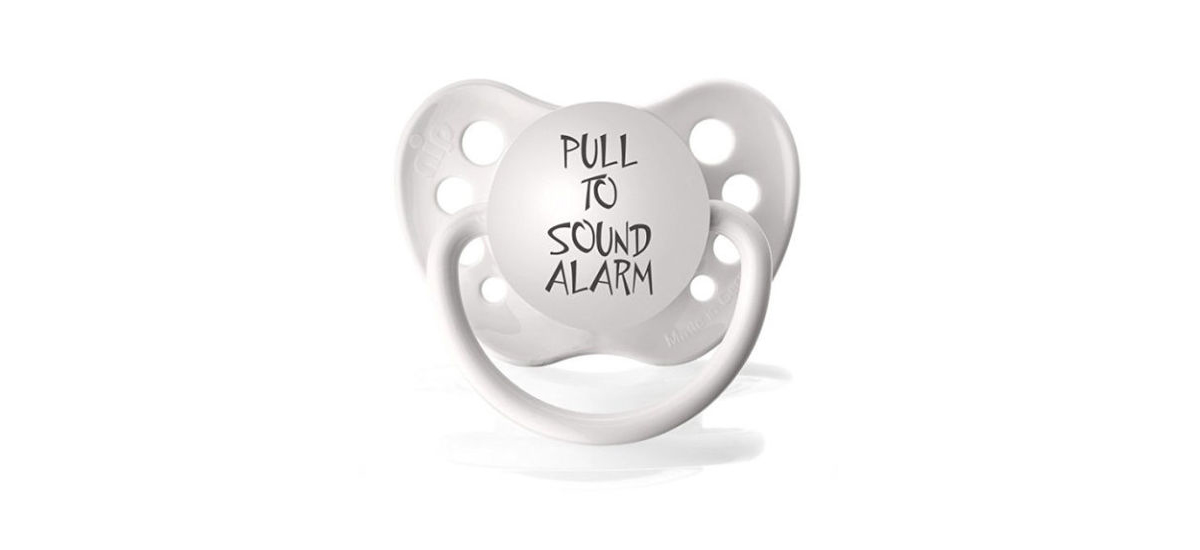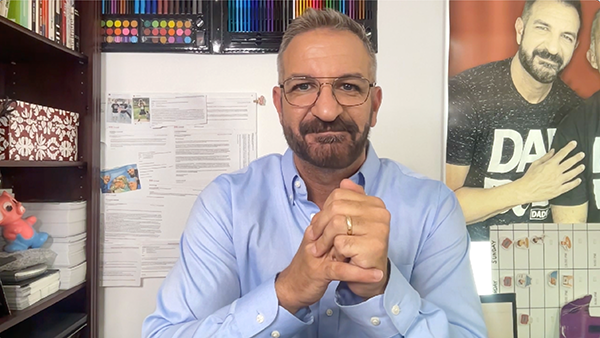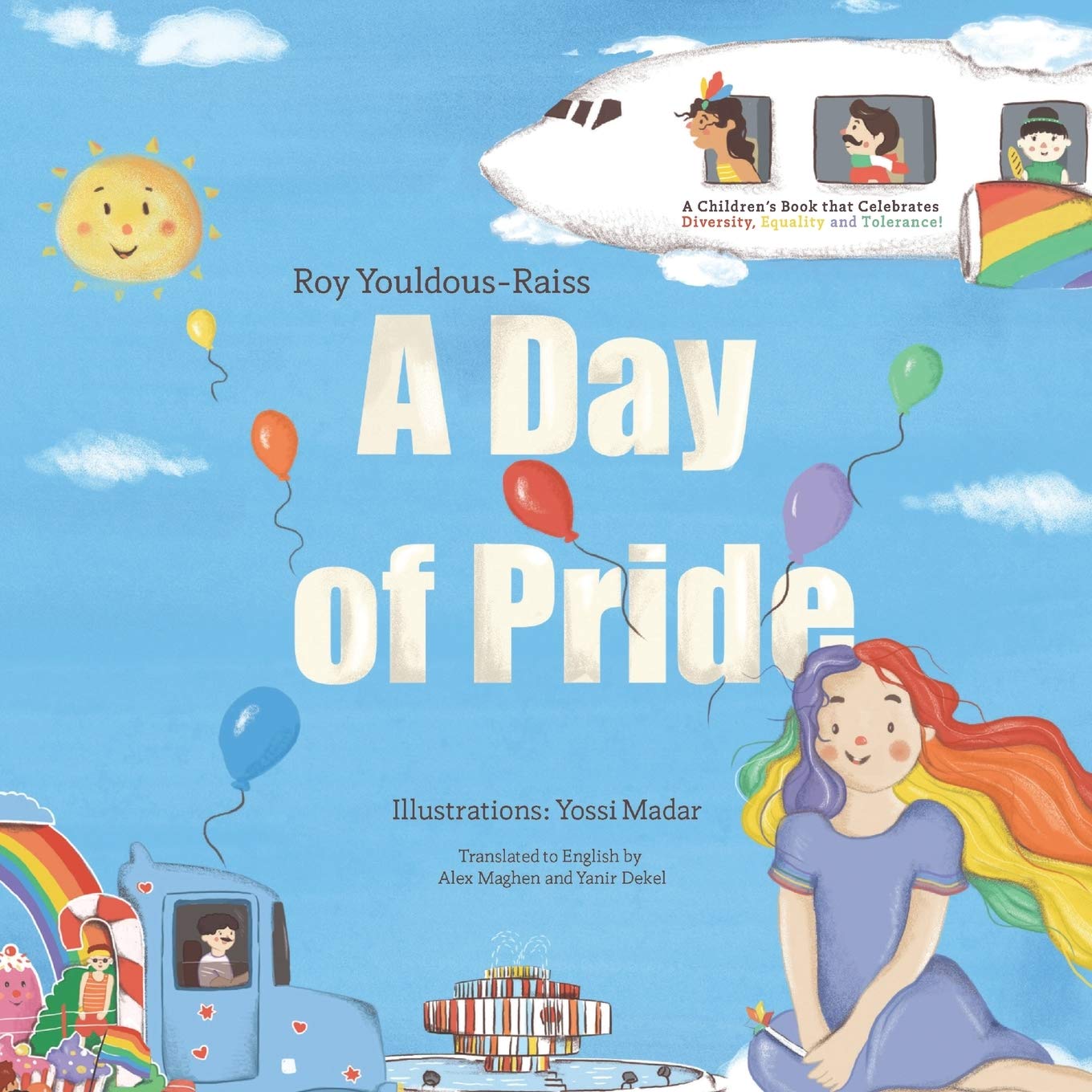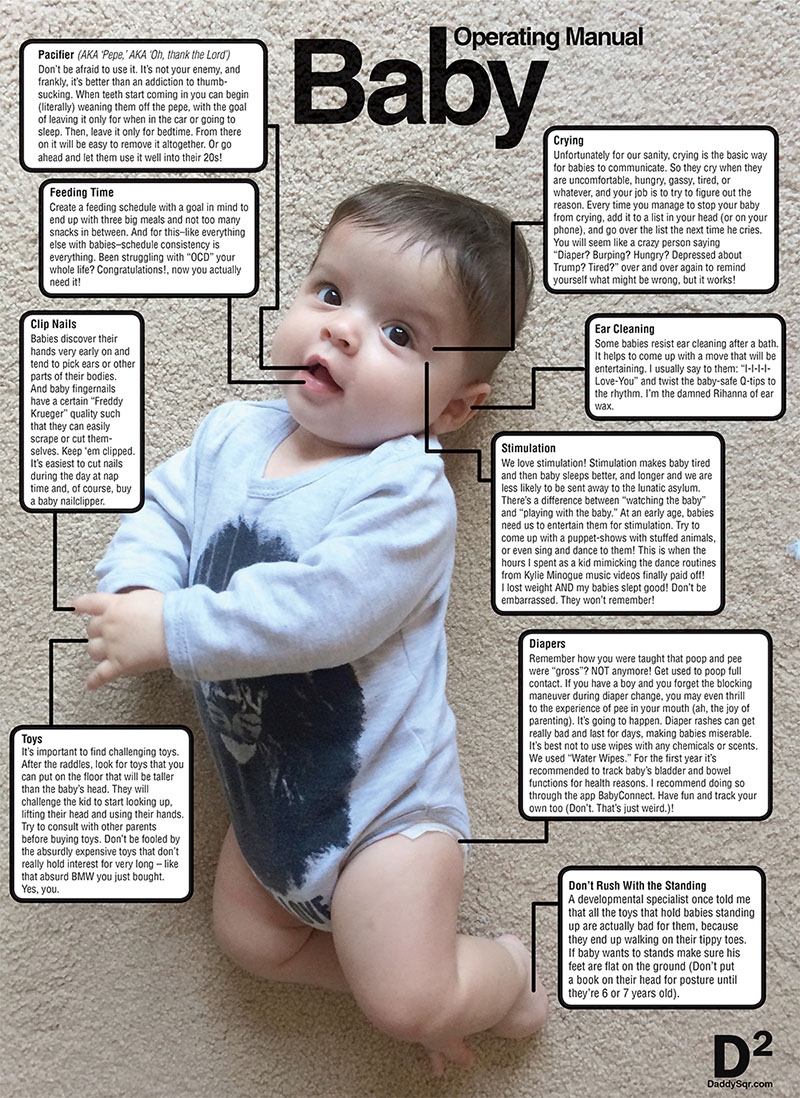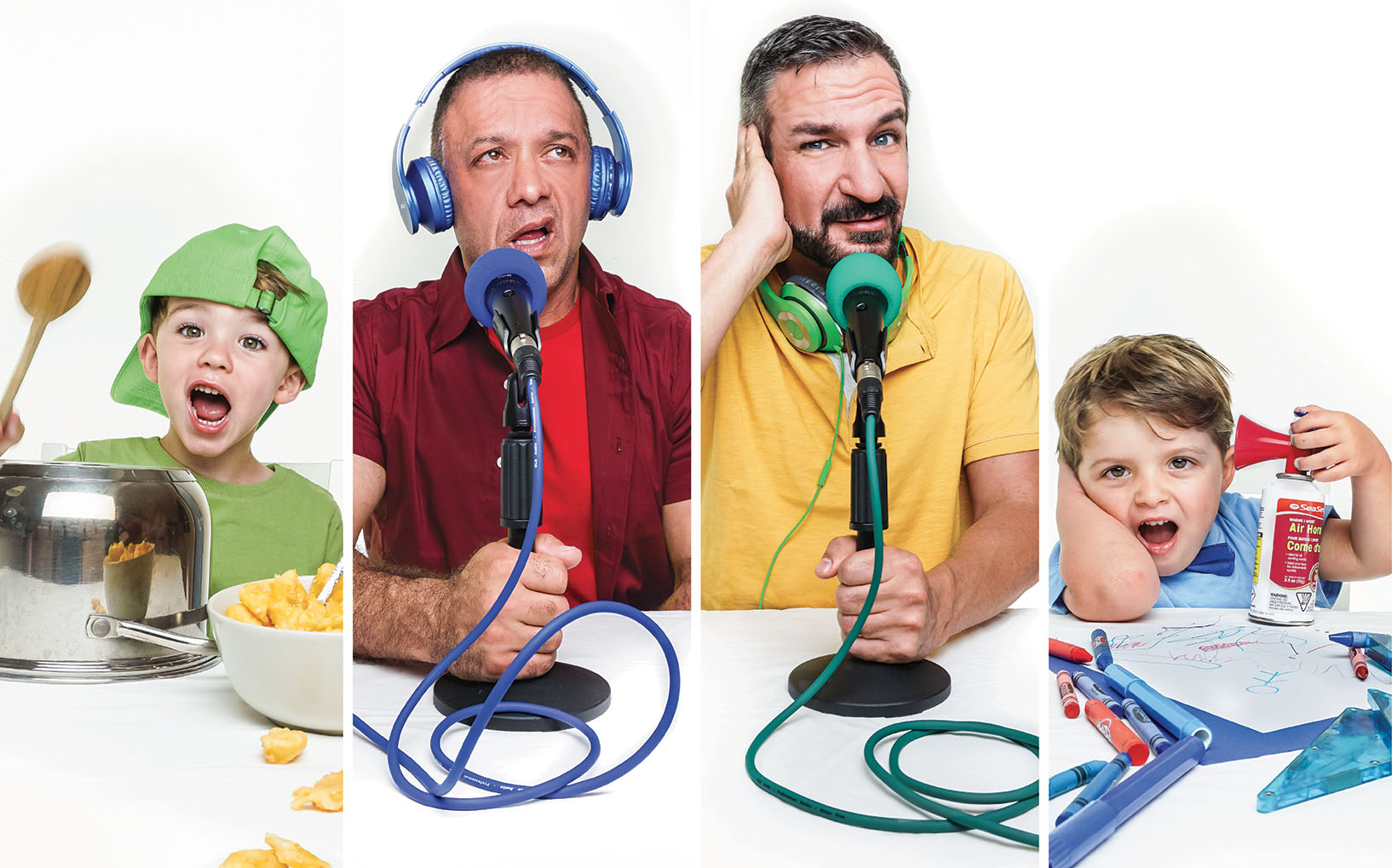Where to Start If You’re A Gay Couple Wanting to Have Kids
Gay couples who think about having babies: Three basic tips that can help you know where to start (and also how to spend less money)
When Alex and I started thinking about having children, my late beloved therapist used to ask me, “Why do you want to have kids?” She asked me that every week, and retrospectively I know why; my initial answer at the time was that I would like to have a genetic connection to my partner Alex, and that I see it really happening through the genetic connection between our kids through the way we did IVF.
As we went on our “journey” to become fathers and even after our kids were born I quickly realized how easy it is to forget “why do you want to do it,” and I had to keep reminding myself. Plus, I had to make sure that I wasn’t having the kids for the ‘wrong’ reason (by my measure). Reasons like “I don’t want to be alone,” “I want someone to take care of me when I’m old,” or “I want to make my parents happy,” are the wrong answers to me. Also, one thing that Alex and I have been really focused on is WHAT we wanted: We wanted to become genetically connected. For us, this meant having two kids, one from him and one from me, both from the same egg donor (which will be their genetic connection) and born as twins from the same surrogate (hence the adorable term ‘Twiblings,” twin half-siblings. Impossible in nature but with IVF and a whole lotta money, doable for the past few years.).
1. Know What You Want
So my first advice to any gay couple who’s looking to start this process is: know what you want and how much you want it. For us, for example, in the first round of egg retrieval, the Dr. managed to take only six eggs, and they fertilized three of them with Alex’s guys and three of them with mine. At the end we ended up with only one vital embryo of mine and none of Alex’s (Alex, who is reading this, has insisted that I tell you that this has nothing to do with the virility of his sperm. Idiot.). The surrogacy agency urged us to just continue with the process and have one child. Surrogacy agencies can act a lot like real estate agents, more focused on getting you a baby than focusing on your wishes. But we were persistent with what we wanted and postponed the process in order to have at least one vital embryo of each. Tell them what you want and stick to your guns.
2. The Biggest Confusion: Frozen Embryos vs. “Fresh Cycle”
This is the second thing that I always say to everyone, a lesson that cost us $60,000!
The agency we went through led us to believe that implanting “fresh” embryos is better (enhances chances, etc.). But when you are doing this process with an egg donor and a separate surrogate (most common approach) this means that a lot of things have to come together at the same time: When the egg donor is ready for eggs to be harvested, the surrogate needs to not only be nearby, but her cycle needs to coincide with the arrival of the eggs. In a “Fresh Cycle” the embryos are created and implanted 72 hours later. In the “Frozon” approach, the embryos are created and frozen and then the surrogate can have the embryos implanted pretty much anytime thereafter.
So what happened with us, as I mentioned, is that because we were told to focus on a Fresh Cycle, we had to pay our surrogate to inject hormones, be ready, fly in to LA and all that. Then, when we only ended up with one embryo (instead of the two we’d wanted), we had wasted our surrogate’s time and a whole lot of money.
Later, our wonderful fertility doctor, Dr. Kolb, told us specifically that there’s no difference in chances between “fresh” and “frozen” cycles. So then we took control. The next time around, we insisted on a Frozen Cycle. That way, we could be sure that we were ready with the embryos we wanted before we made our surrogate do her somewhat unpleasant preparation and travel.
Long story short? You should ask your fertility doctor (the doctor and nobody else), but our opinion? FREEZE ‘EM!.
3. Know Your Options
Though Alex and I did all this through a surrogacy agency, I must say that this is the most expensive way to make babies. We did it this way for several reasons. 1) It was pretty easy because the agency had banks of pre-screened egg donors and surrogates. 2) From a legal custody perspective, nothing is quite as safe for two men to be assured of maintaining exclusive custody. The lawyers made sure that neither the surrogate nor the egg donor are listed on our sons’ Ben and Adam’s birth certificates. Only Alex and I are listed as fathers (of both kids), and when I said “we’re the first generation of gay fathers who have kids like this,” this is what I meant.
Our friend, for example, who just had twin girls, didn’t go through the IVF process. He used the far less expensive process of finding a surrogate who not only carried the babies to term but was also the biological mother. Without getting too graphic, this means that he provided the sperm and the rest was her. This is a far, far less expensive option and may be fine but does have slightly higher risks with respect to parental custody. A good lawyer is a must.
Another option for having kids is “joint-parenthood,” which is something that is also becoming very popular in the country where I come from, Israel. There’s an organization there, called “Horut Acheret” (‘Alternative Parenthood Center’) that connects between men and women who want to become co-parents through a means other than sex. Surprisingly, not only gay men and lesbian women can be found there, but also straight women (and some men) who want to become parents and don’t want to wait any longer to find love.
In conclusion, as my husband says, “Those damned straight couples. An $11 bottle of wine and 4 minutes in bed and babies pop out. For us it’s $100,000 apiece!” It’s expensive, it takes time. It’s complicated and can be frustrating. Think it through, plan it out – and I’d say “be sure you want this” but trust me, there’s no way of knowing!
And if you have any questions, you are more than welcome to ask, either here or tweet me @yanirdekel

